Every useful and artistic piece of furniture, right from the magnificent Medallion chair made in France during the reign of King Louis XVI or the creative ensemble of Zaha Hadid's Zephyr sofa, is frequently a design masterpiece composed of the ideas, opinions, perceptions, and creative processes of the designer. San Francisco Museum of Modern Art, California, is hosting a major design exhibition discussing creatives from a reflective perspective. 'Conversation Pieces: Contemporary Furniture in Dialogue’ will be on display from August 20, 2022, to June 25th, 2023.
The design exhibition features more than 40 modern exhibits that reflect their creators' personalities while offering a discussion on contemporary cultural issues. Each of the statement pieces on view is bold, creative, jarring, and expansive, stirring up captivating conversations on important issues associated with sustainability, social identity, political associations, and historical narratives. The co-organisers, Los Angeles-based creative director and interior designer Alexandra Loew and Jennifer Dunlop Fletcher, Helen Hilton Curator of Architecture and Design, SFMOMA, envision a grand exposition that actively engages the designer expression in addition to form and usefulness.
“The original intention was focusing on chairs that are conversation starters, pieces within a room that you gravitate toward because they perplex you. But what happens when you fill an entire gallery with these pieces? That’s a party!” says Fletcher on conceptualisation of the exhibition; that is fluid, meandering and simple. Drawn entirely from SFMOMA’s collection, the exhibits spark a dialogue with a variety of chair designs and lamp designs that unapologetically capture the observer’s attention. It also features an interesting insight into the minds of iconic designers including Stephen Burks, Dozie Kanu, Fernando Laposse, Jay Sae Jung Oh, Liliana Ovalle and Bethan Laura Woods with a series of interviews on modern design.
Jay Sae Jung Oh’s Savage Series Armchair
The South Korean designer, who is based in Seattle, Washington, communicates with people through the language of art and design.To her, a chair often holds a higher sense of familiarity, attesting to the closeness and solace of a human embrace. As part of her growing ‘Savage’ series, the armchair is created using discarded mass-manufactured objects, draped in leather and plastic to create an eerily sinuous seat. While tapping the theme of sustainability in design, the industrial designer interlaces natural forms with industrial design in an extremely subtle blend of art and design. The chair narrates her strong belief in the fact that different spheres of design are steadily merging into one another to create a universal language of design that can speak to anyone and everyone. “The boundary of the profession in design seems to be disappearing more and more. For example, like fashion design, furniture or products, vice versa. Or industrial designers can be UX or UI designers. So, furniture like mine looks like art,” says Jay Sae Jung Oh.
Stephen Burk’s Kida Chair
Brooklyn-based designer Stephen Burk brings forth the Kida Swing Chair, which is a colourful, weather-resistant outdoor seat. Burk’s chair is an introspective adaptation of his artistic outlook that is minimal, graphic, and beautiful. Interestingly enough, the product designer conceived the idea of the chair while he was working in Japan Following a strong sense of cultural identity that he gauged in a simple Japanese fan, the designer created a chair that exudes a vibrant, comforting cocoon nestled amidst an urban jungle. On being asked the importance of inspiration seeding through cultural inhibitions and traditional identities, Burk expresses, “What if we look to the rest of the world? What if we learn from indigenous practices? What if we learn from age-old wisdom? And what if we allow those voices and those techniques and ways of making to have an impact on what design is?”
Bethan Laura Wood’s Criss Cross Kite Chandelier
As a continuation of the London-based designer’s Criss Cross language, the chandelier is designed as an ode to fantastical artisanship and draws inspiration from a kite Museum in Japan. As a perfect reflection of Wood’s kaleidoscopic identity, the glass chandelier features an incredible variety of hand-blown glass multicoloured units, which she created with the help of Pietro Viero, a glass artisan from Vicenza. The piece itself is a conversation between the industrialized, uniform forms as obtained from the technical materials and structures and the narrative of physicality and craftsmanship. “I think I've always been drawn to the challenge and the beauty in making and exploring all the things that inhabit the design universe in all of its physicality,” says Wood. “It's an area of creativity that connects or interacts with everybody every day in some form from your home, your toothbrush, your shoes... they're the things that we surround ourselves with, that we fall in love with,” she adds.
Katie Stout’s Unique Girl lamp
As a leading lady in the world of "naive pop", the American artist and designer Katie Stout’s Unique Girl Lamp is a statement piece on femininity and societal norms. She satirises certain trappings of domesticity and femininity, ultimately ideating a whimsical ceramic light sculpture. The lamp, part of SFMOMA’s permanent collection, is vividly coloured in an unusual palette and in a form resembling the female body withholding a weighty shade upon her head. With a rough, nearly exuberant and edgy design, the lighting design is part of her extensive ‘Lady Lamps’ collection featuring provocative figures.
Dozie Kanu’s ‘Electric chair’
“I try to make objects that can tell stories, perform practical, utilitarian functions, and also, I think, perform spiritually as well. This replica of an electric chair is a way of memorializing a corrupt system, a system that I've always managed to be cognizant about and try to figure out a way to not become a victim of,” shares Dozie Kanu, an industrial designer from Houston, Texas. Dozie’s chair is an exceptional piece of art that extends the designer’s body of work beyond utility and into an atypical sense of expressionism and theatrical presentation. The three-piece curved marble chair is a conversation piece that discusses the extreme ends of humanity: celebration and punishment. Intertwining his experiences of growing up as a black male in Texas, with his recollection of memories of capital punishment in his hometown in Nigeria, Kanu talks of thriving in a predominantly white design industry. His work is strong, aesthetic and stirs a conversation on humanity, racial discriminations and design that is uncomfortable but extremely necessary. “There isn't enough authentic representation of Black consciousness in the design world at the moment. I think this is why it's so important for me to continue to be visible, so that there's a following that comes after that, that takes it further,” says Kanu.
Liliana Ovalle’s ‘Fragment of a staircase’
The London-based product designer focuses her conversation piece on the level of social sustainability instead of just environmental sustainability. The designer created the piece in 2003, appropriating the familiar experience of pausing over the steps of a staircase. The unique seat is created using fibreglass and finished in a metallic golden finish, resembling an opulent staircase. Correlating her piece from the modern art museum’s permanent collection, the fragment of a "grand" staircase righteously supports the cause of social sustainability as a concern. It promotes slowing down, taking a break, and addressing exhaustion through rest, with the relatable feeling of resting on a couple of steps in any space, whether indoors or outdoors.
Germane Barnes’ ‘Uneasy Lies the Head that Wears a Crown’
As a pioneer of the design industry who is known for his commendable contributions to the design world with pressing investigations on blackness and architecture, Germane Barnes’ chair is a retrospective of black hair and black architecture. The chair, fabricated using metal, wood and rope mimics the materials as used in constructing the South Florida Shotgun vernacular of wood framed construction, alongside a wooden back frame resembling a comb for black hair.
Regarding the exhibition, designer Alexandra Loew states, "We want visitors to leave with a new curiosity about the every-day objects around us—from the chairs we sit on all day to the lights above us—and wonder about the choices that went into each object’s design and materials, as well as the choices we make when we populate our living environments." The exhibition, with all of its offerings, including the aforementioned pieces alongside Maarten Baas’ ‘Clay’ chair, Thomas Barger’s ‘Butter 2’, Nacho Carbonell’s ‘One Man’ chair, Woody De Othello’s ‘Prying Through’, Francesca DiMattio’s ‘Blue Window’ chair, Bijoy Jain’s ‘Brick Study III’, Johanna Grawunder’s ‘Gio’ light, legendary designer and artist Dan Friedman and Paul Ludick’s' Mutant’ chair, and Nathalie du Pasquier’s ‘Royal’ bench are a few notable highlights from the exhibition.
In a world that thrives on compelling technological incentives and exciting immersive design exhibitions, the ‘Conversation Pieces’ lets the furniture design take the center stage. The scintillating works are all in one space and despite their material nature, are well capable of stirring conversations with the meaning and context that each one of them holds. The museum creatively captures the essence of design through the ages with each of the collectible items just as the conversation pieces offer the audience food for thought.
The exhibition will be held at SFMOMA, San Francisco, California from August 20, 2022, to June 25th, 2023.






 Sign in with email
Sign in with email


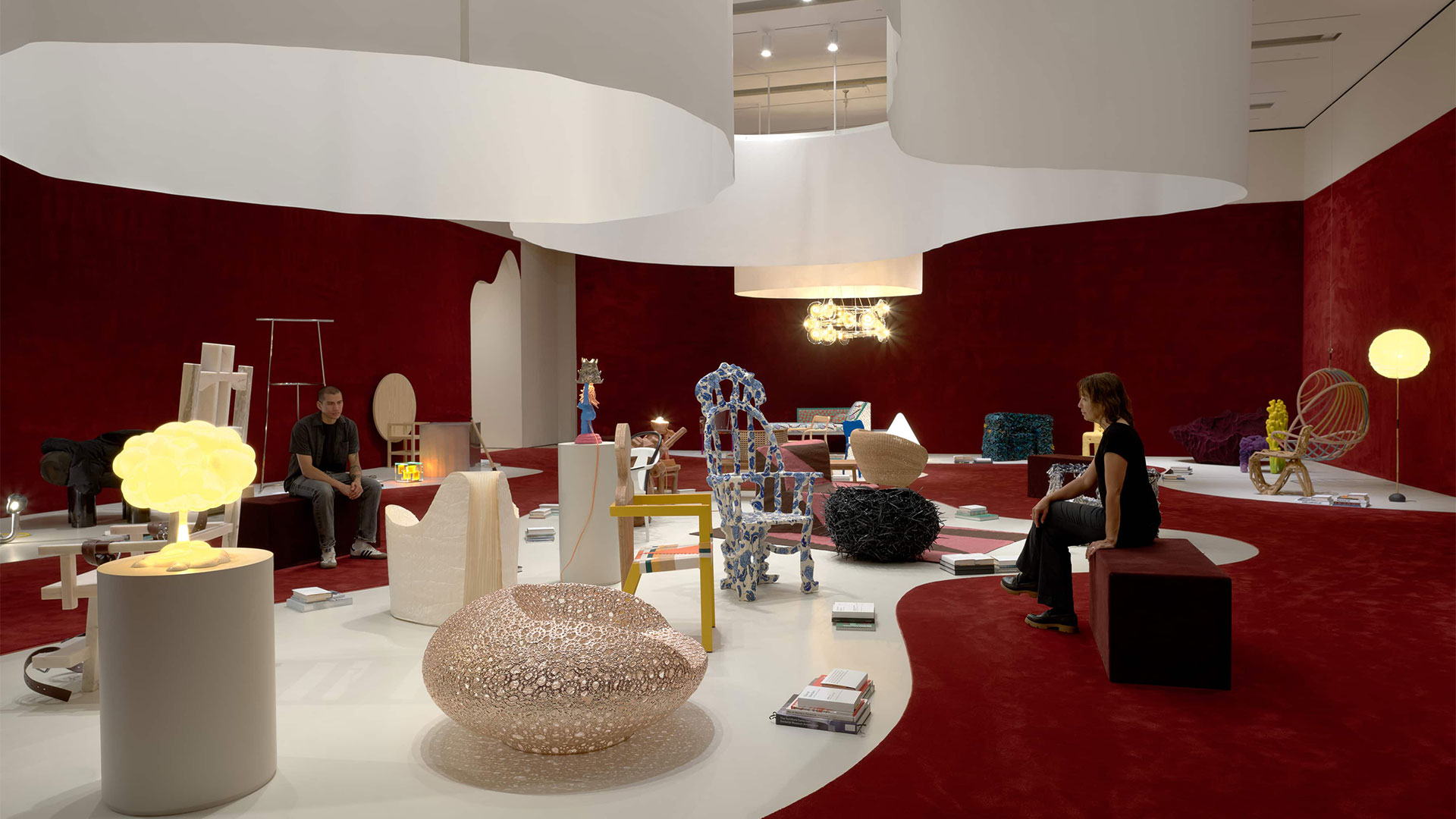
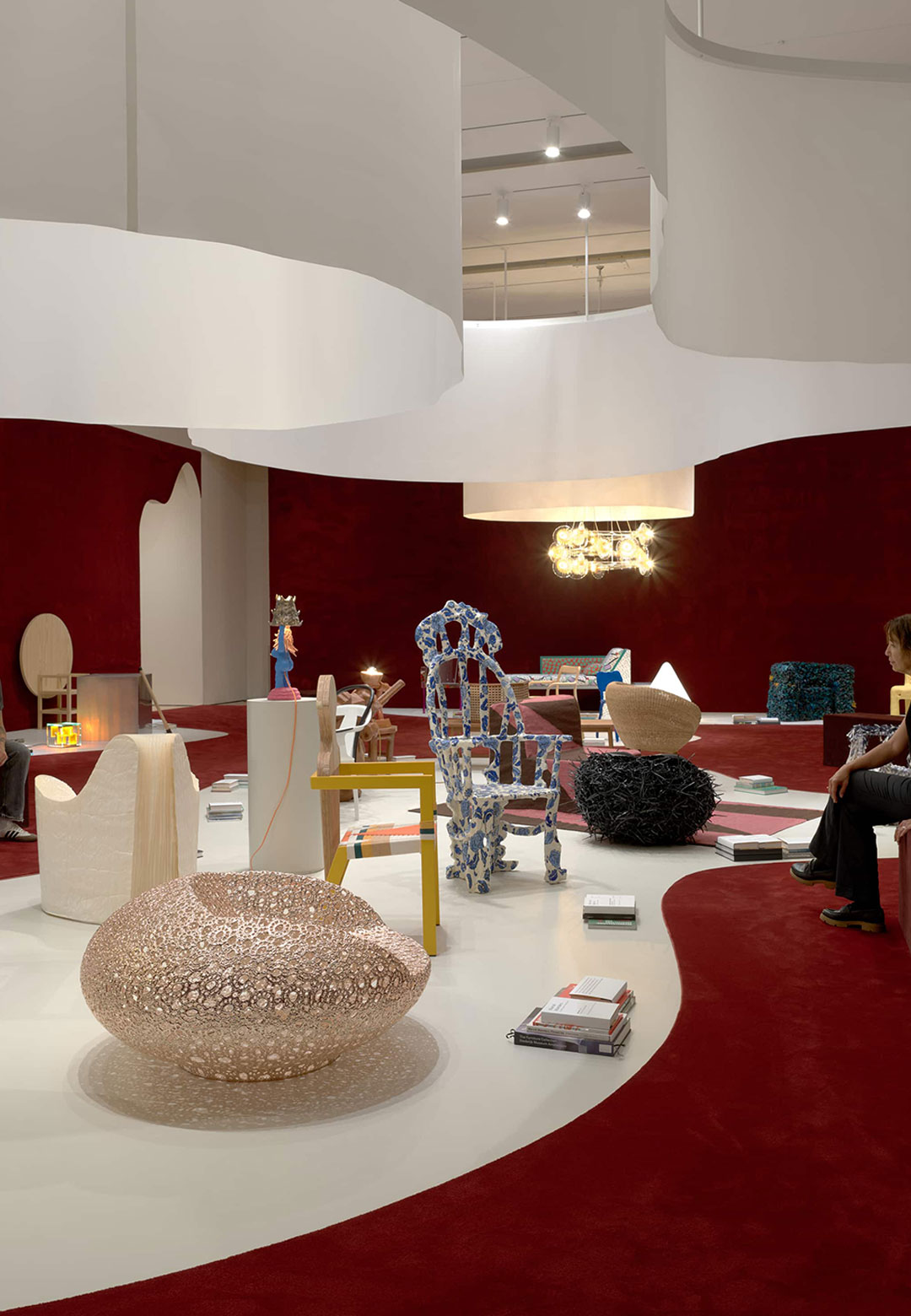
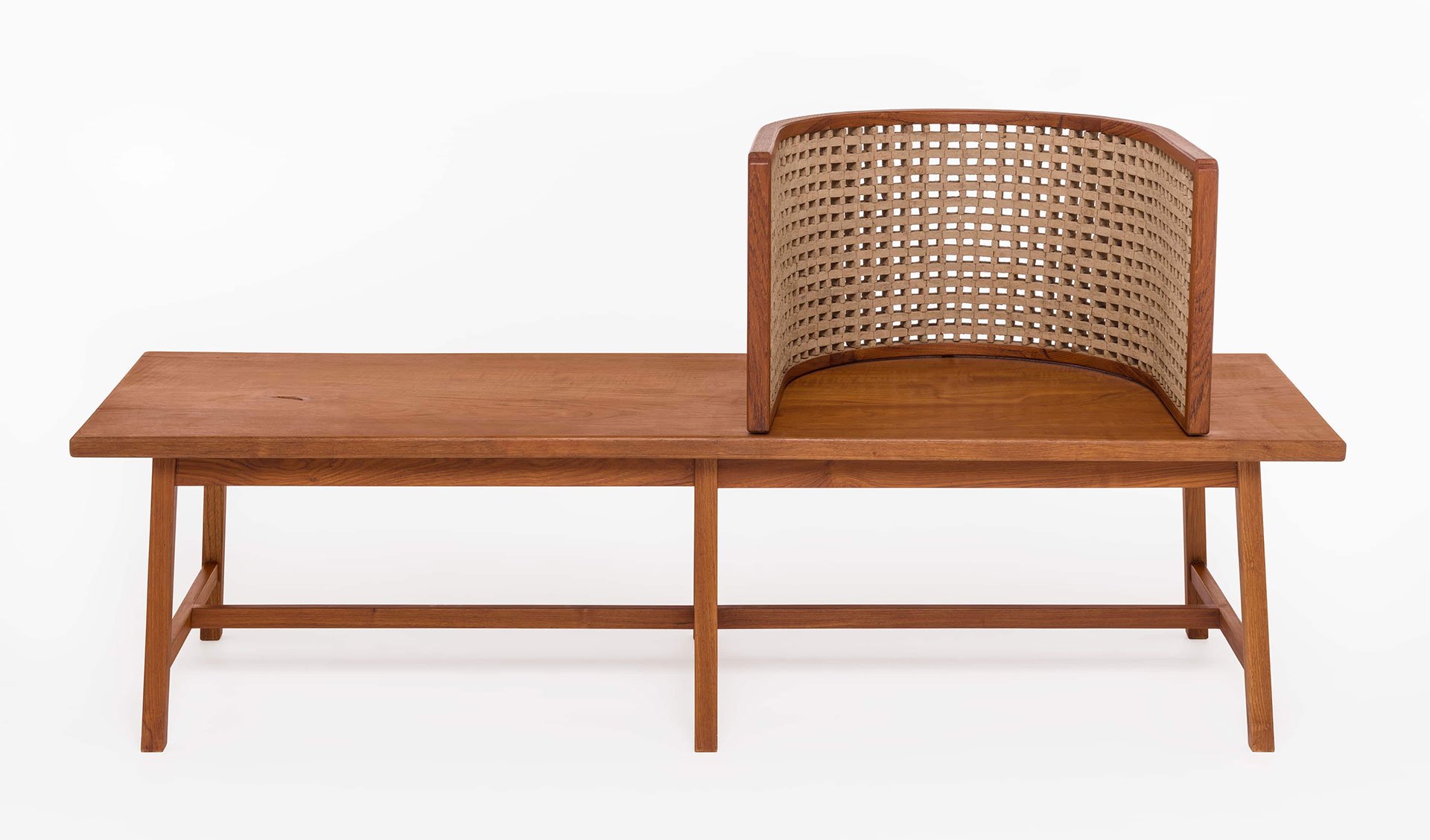
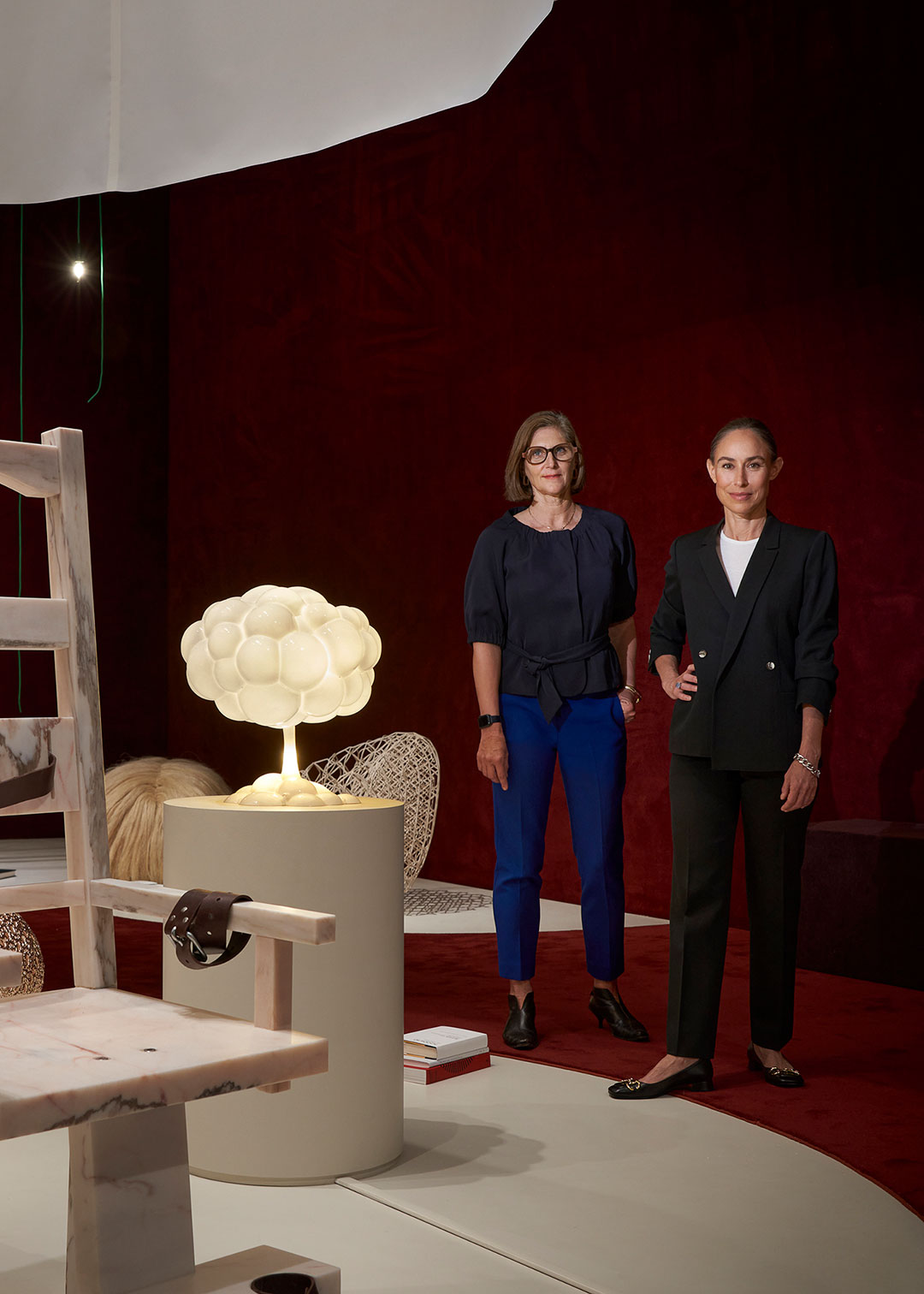
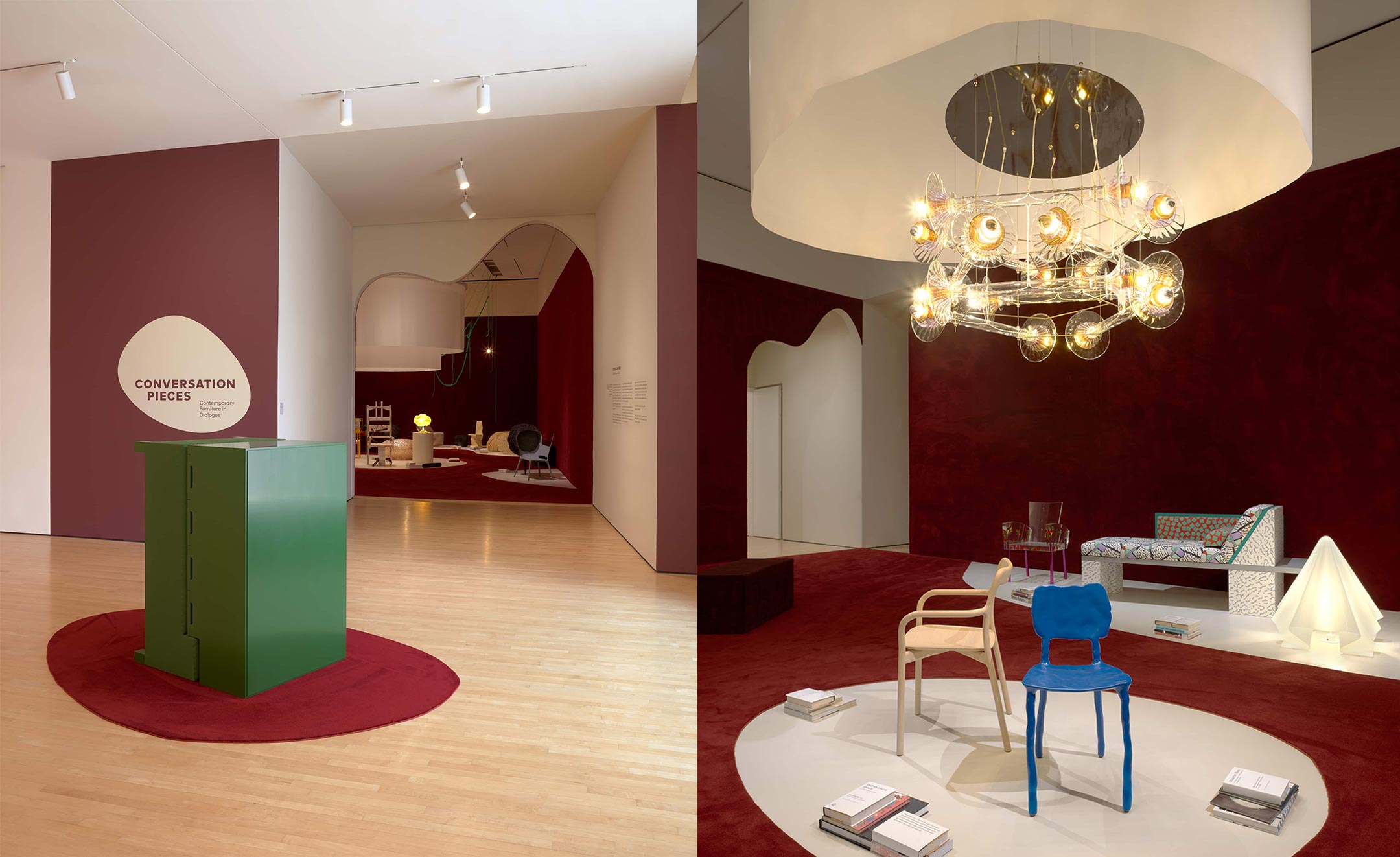
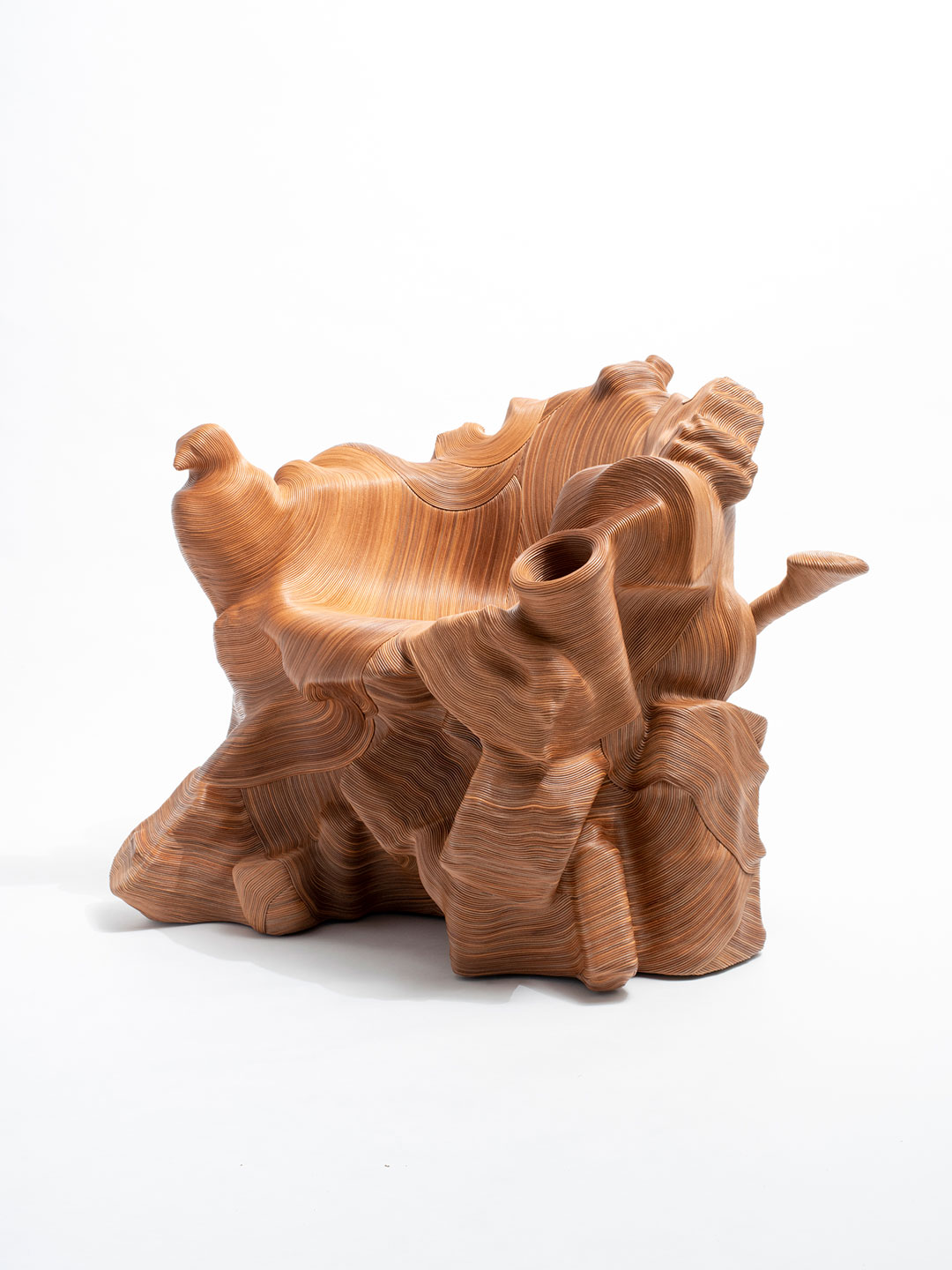
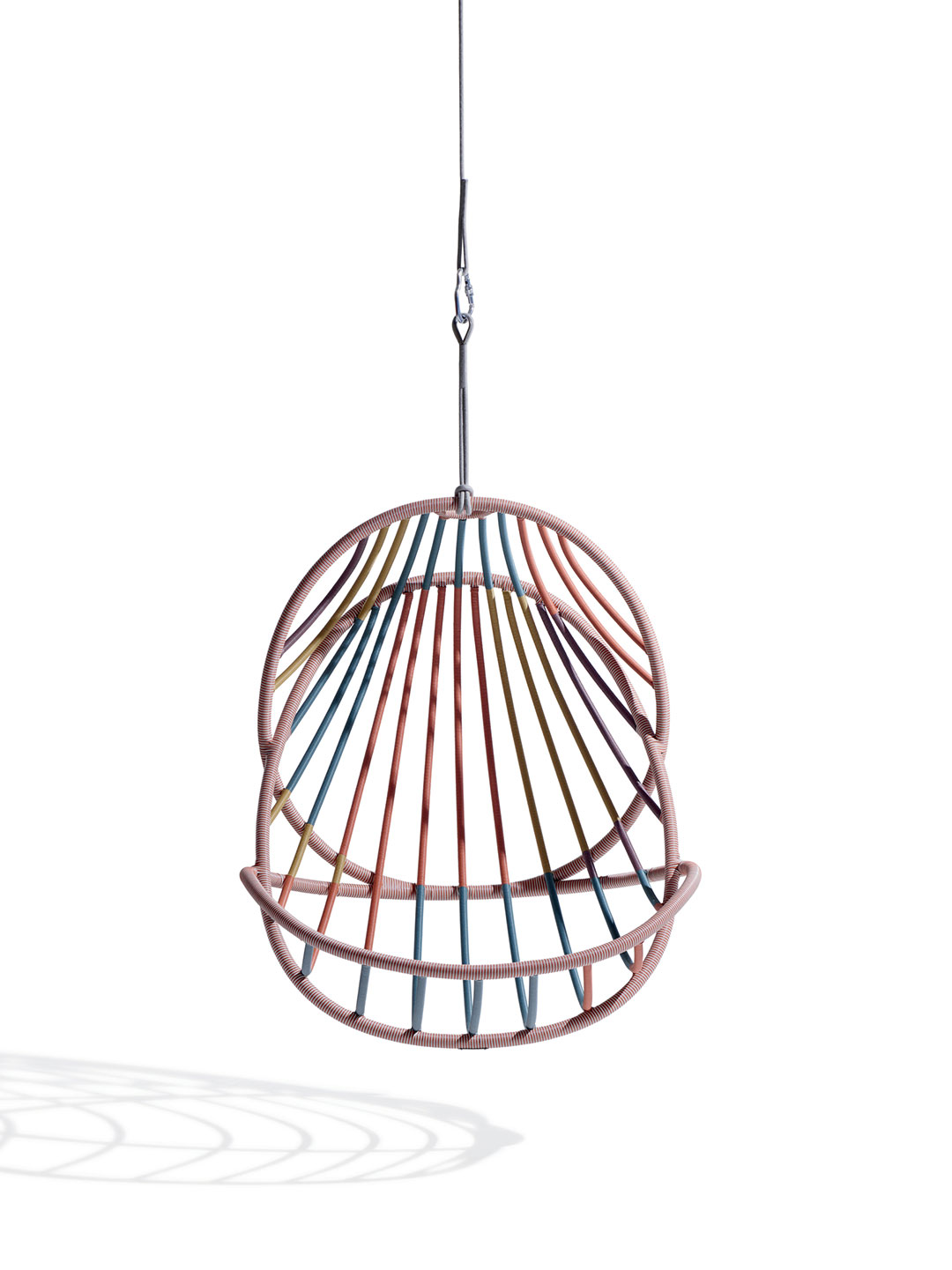
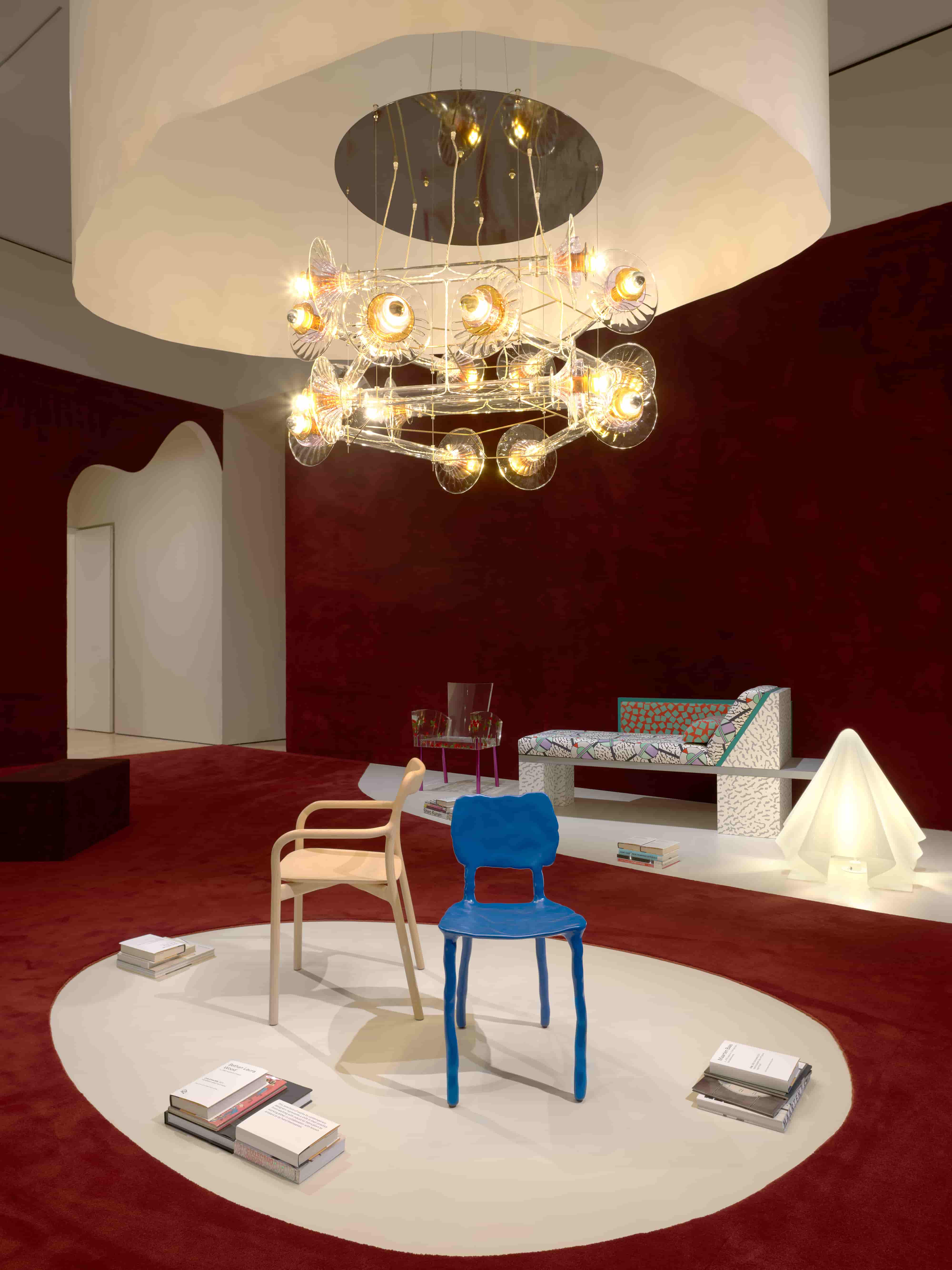
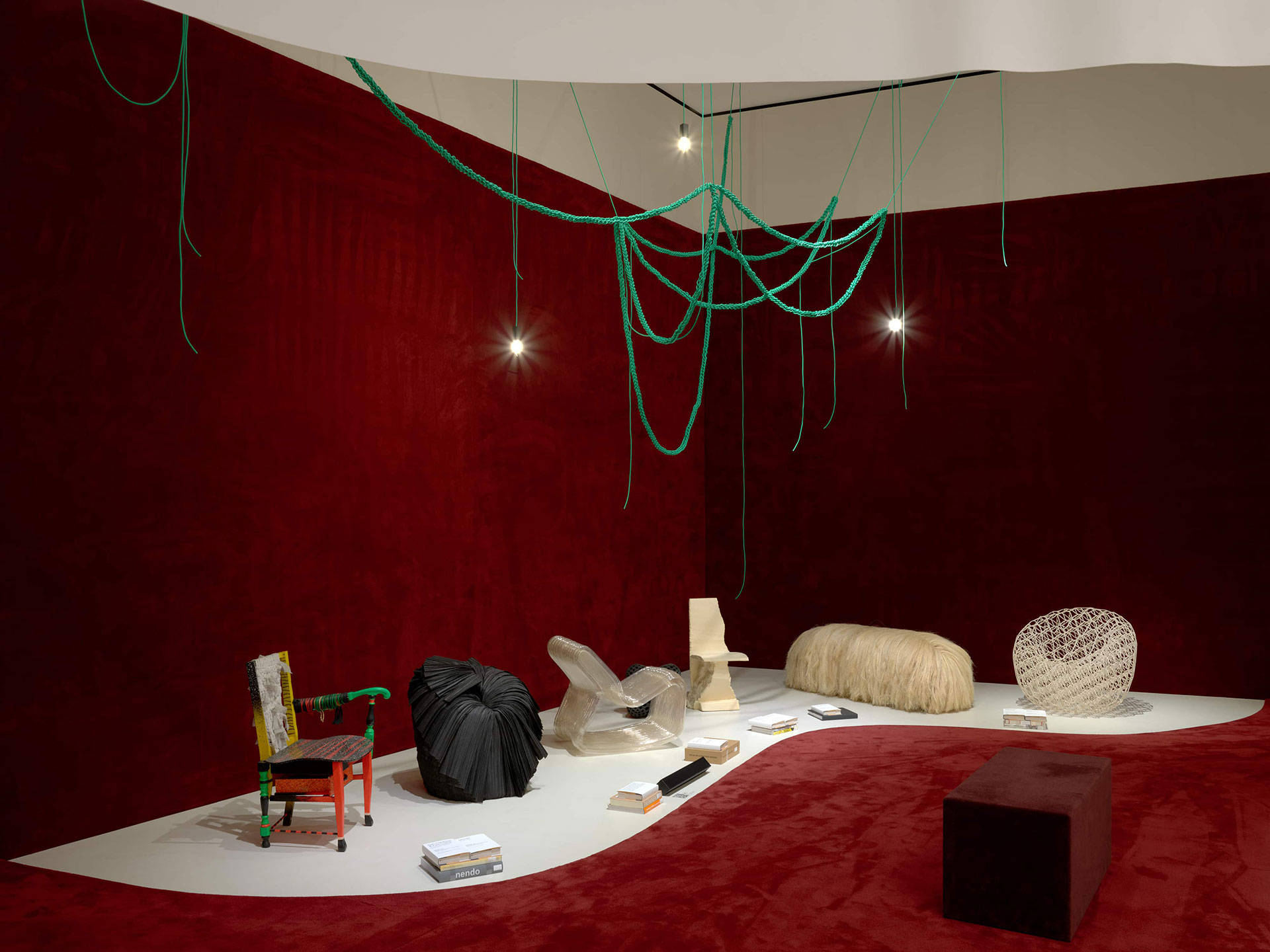
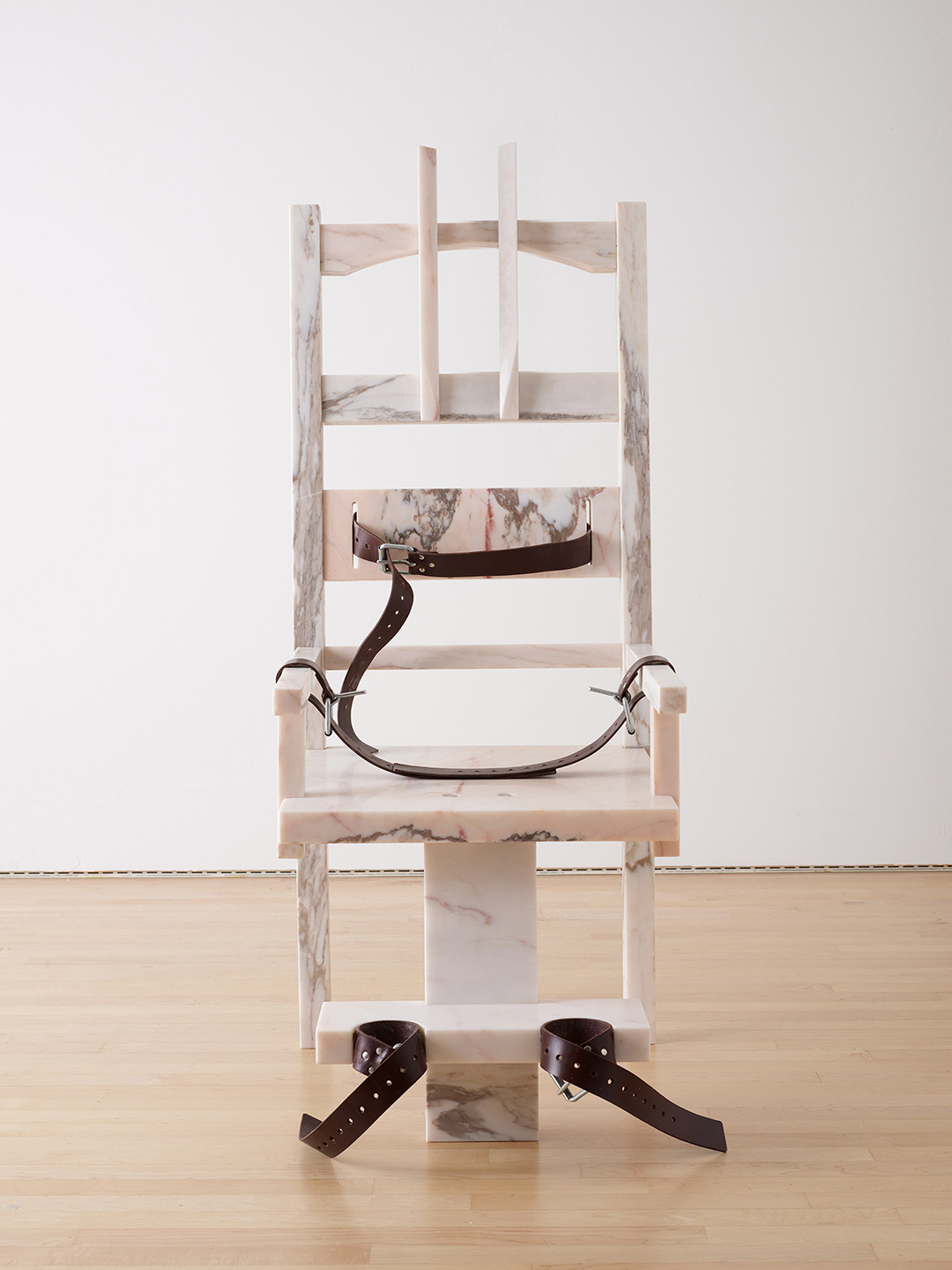
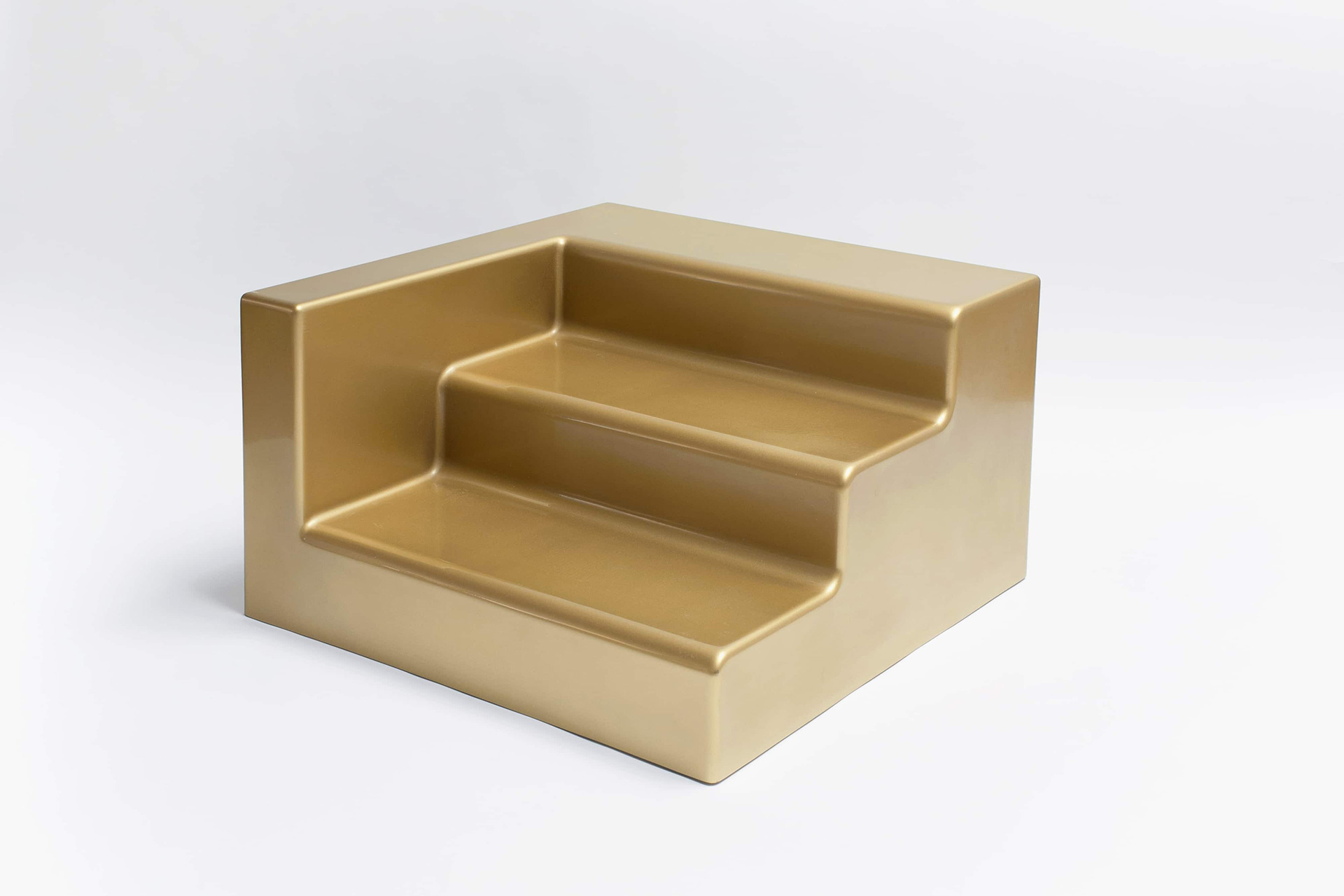
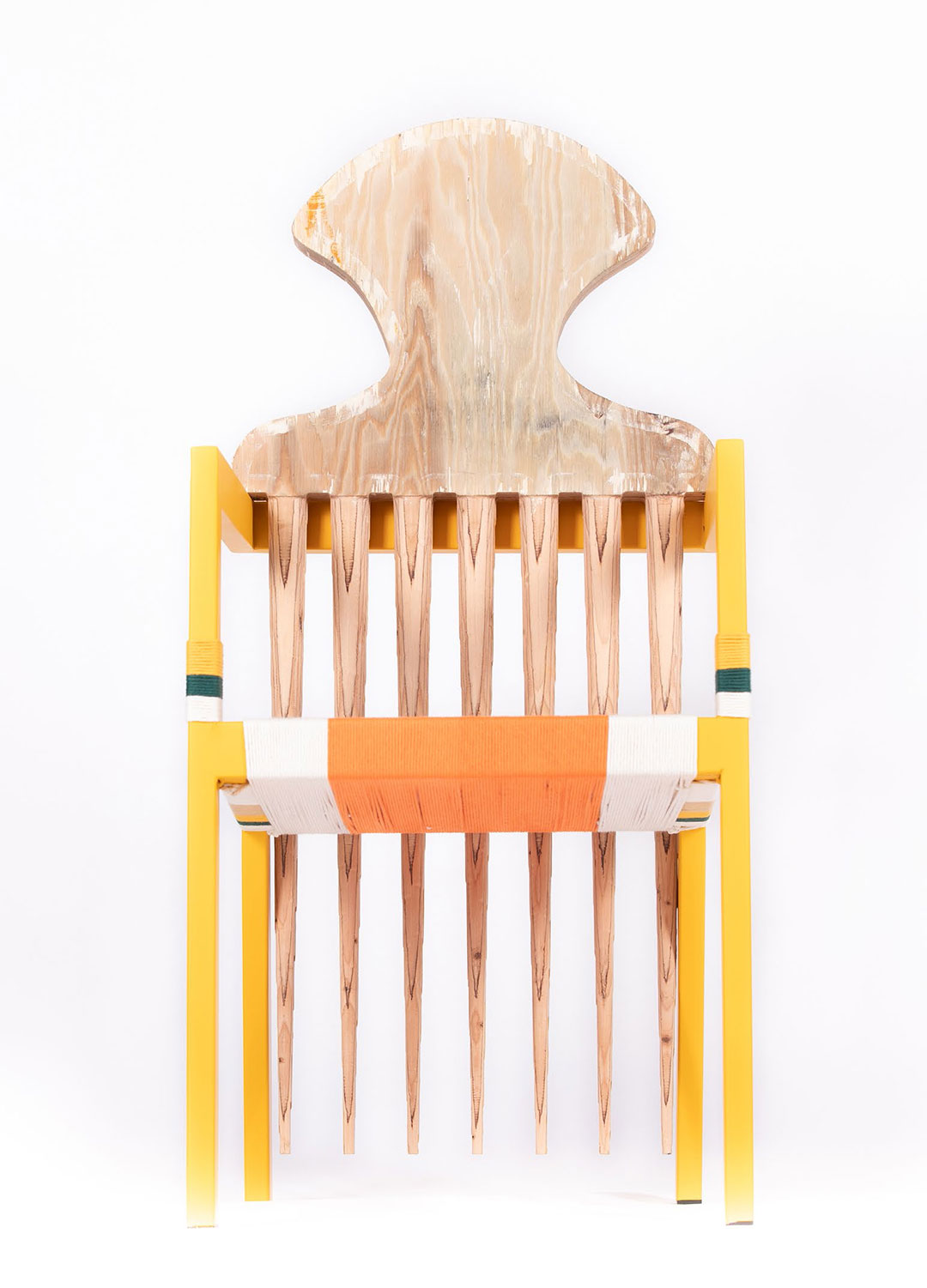
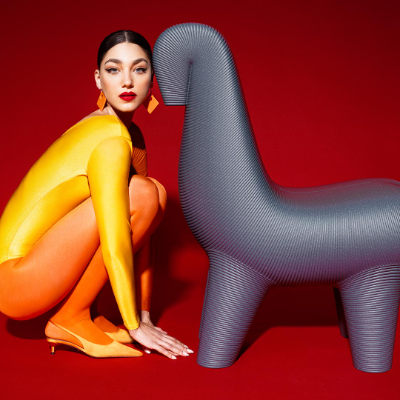
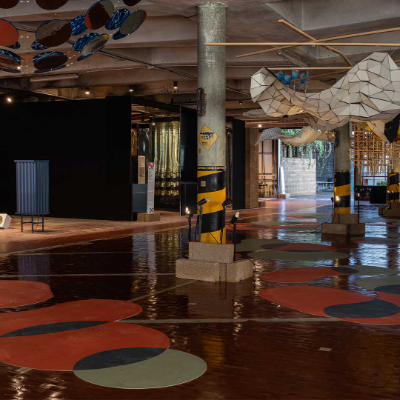
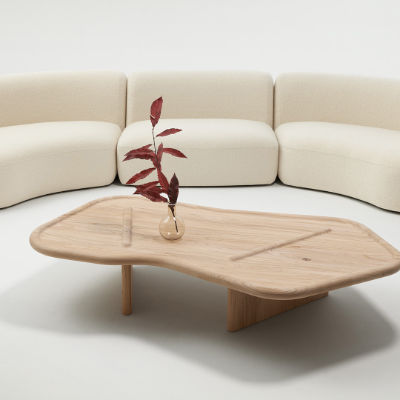
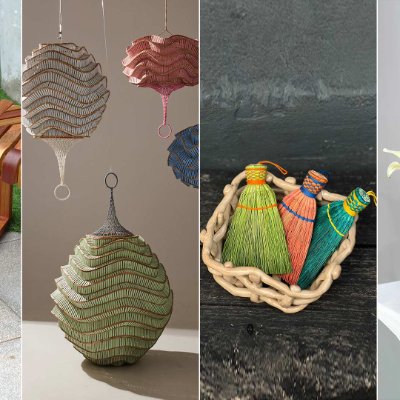
What do you think?